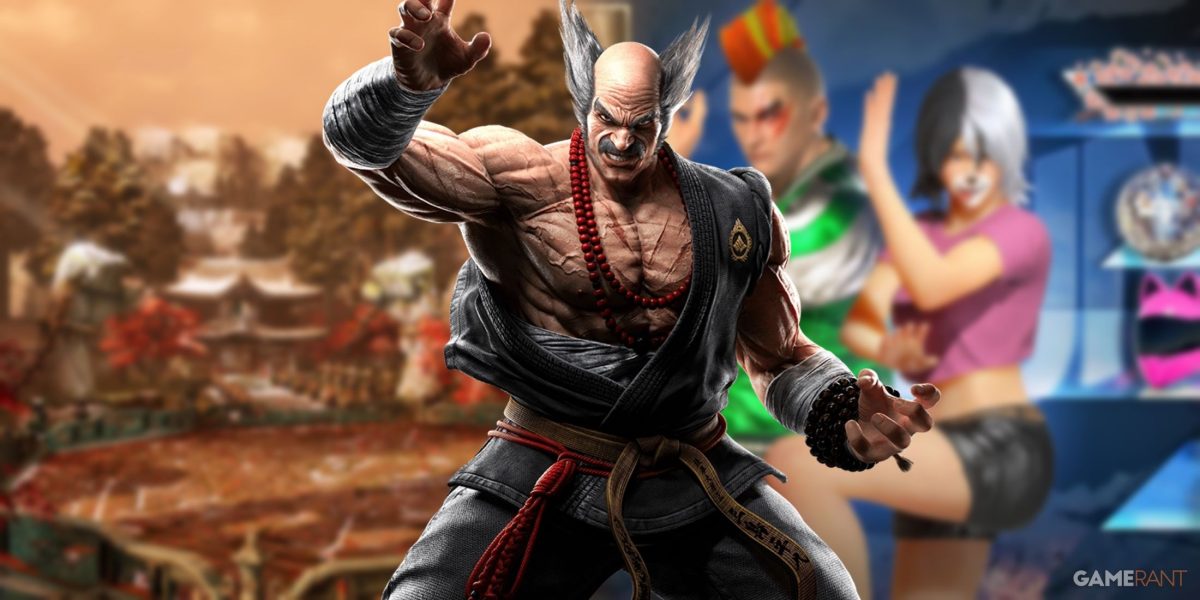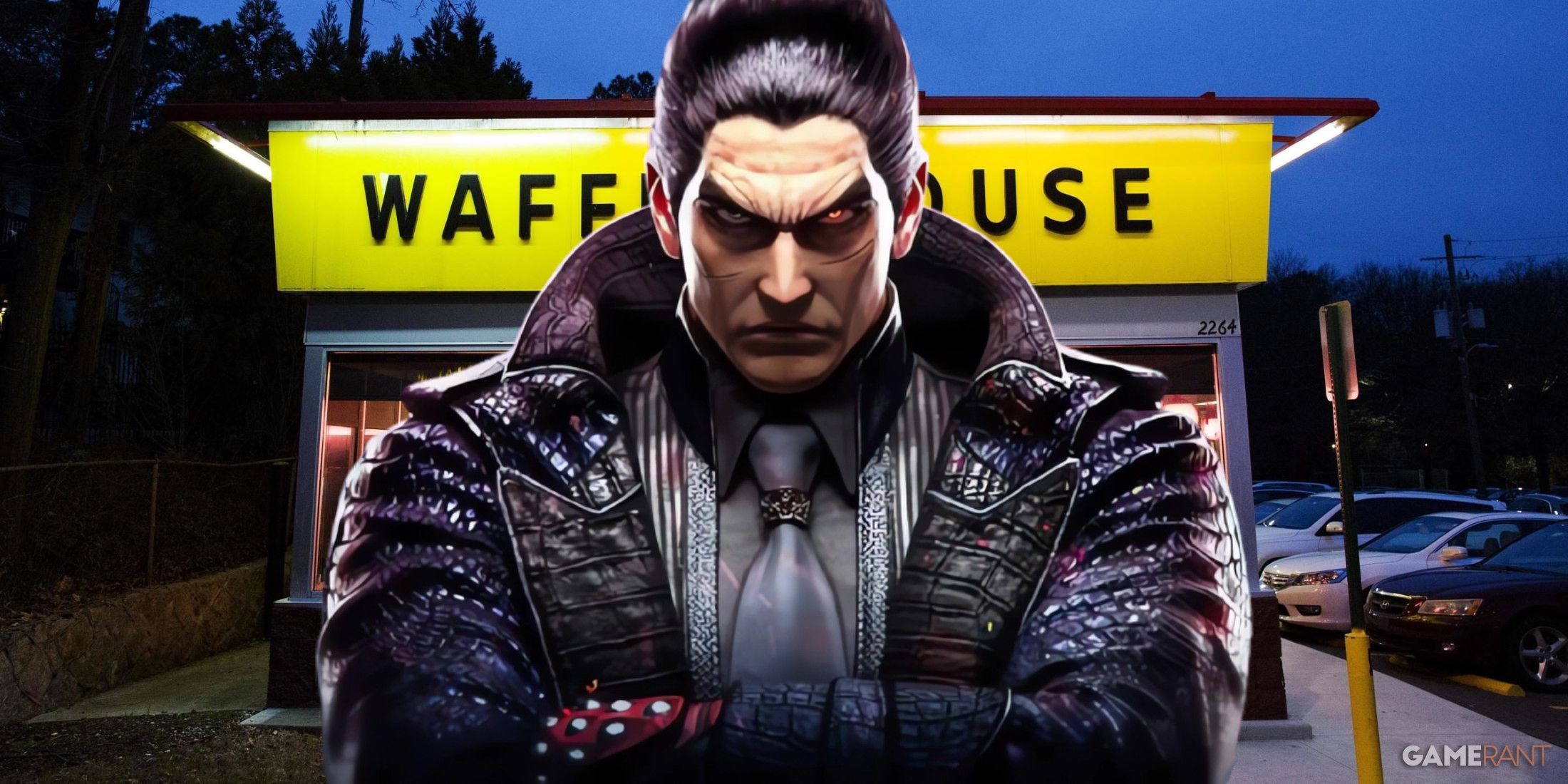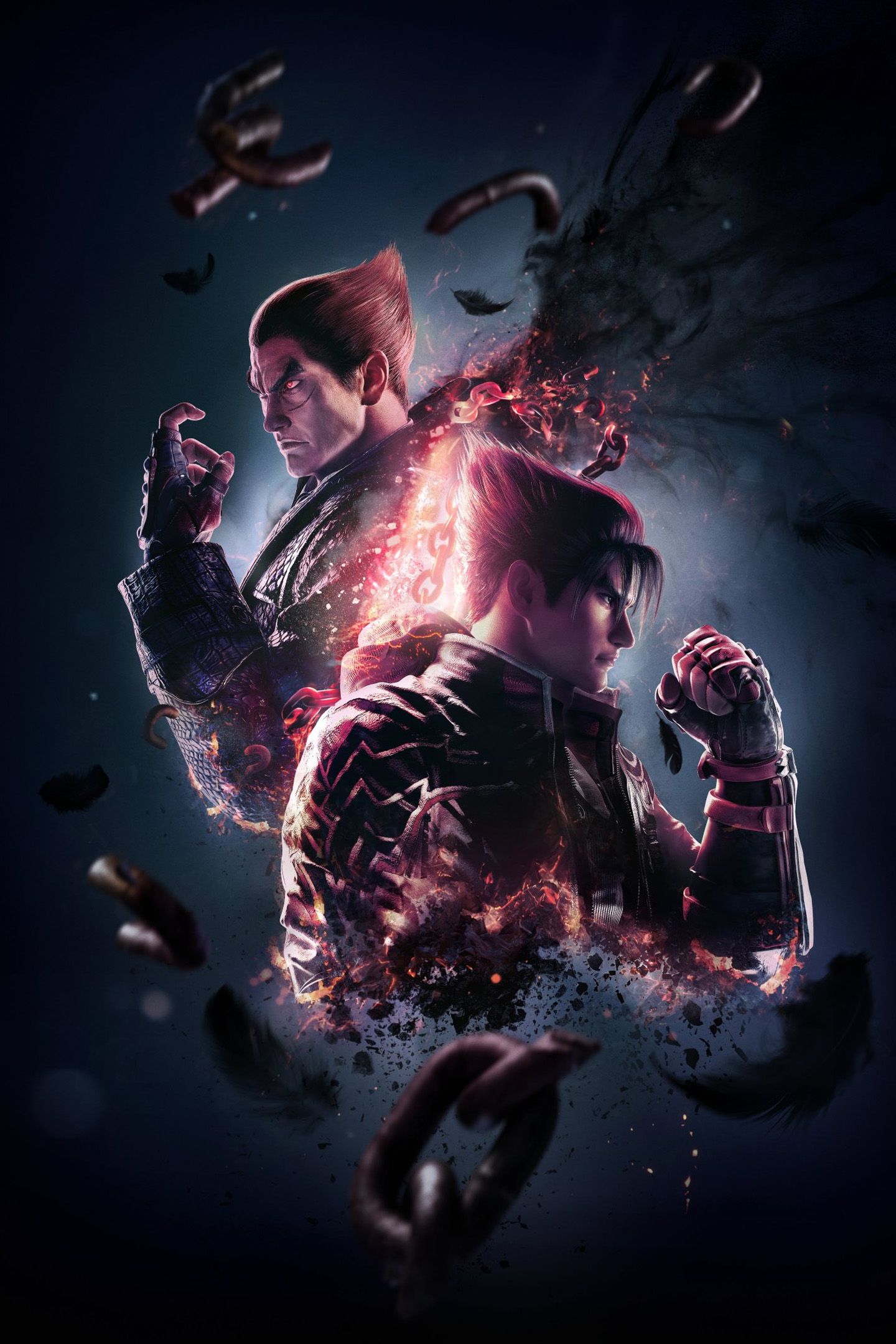
Tekken 8’s DLC and Monetization Controversy Explained
Tekken 8 has seen continued popularity and ongoing DLC releases, with notable additions like the return of the iconic character Heihachi Mishima recently invigorating the game’s community. However, alongside the fanfare surrounding new content, criticisms have mounted over Bandai Namco’s monetization practices being taken too far post-launch. While a more recent attempt at resolving player grievances regarding DLC potentially represents a positive shift, the wave of backlash over general concerns around in-game purchases has been highlighted in the Tekken 8 community.
Fighting games occupy a unique place within the live-service model as titles which rely upon frequent updates that come with new characters and stages through paid DLC. For years, this structure has allowed several major franchises to retain long-term engagement after a title’s original release, but Tekken 8 has taken its monetization further than this to mixed results. Considering that these business tactics are familiar to free-to-play titles, their presence has clashed with T8‘s status as a premium release.

Related
Recent Tekken 8 News is Further Proof the Waffle House Stage May Never Happen
A recent interview with Tekken producer Katsuhiro Harada throws cold water on the idea of Waffle House being added as a stage in Tekken 8.
The Genmaji Temple Stage Controversy Resulted in Damage Control Efforts
Beyond the base $70 cost of Tekken 8, premium editions can further hike up the price upfront, like the Deluxe Edition Upgrade alone being $40. While that includes exclusive content and the Character Year 1 Pass in a relatively satisfactory package, controversy has risen from content outside that initial offering. The Genmaji Temple has been added as an additional $5 purchase, a high ask compared to $8 for an entire new fighter, especially considering that the previous Seaside Resort DLC stage is available for free. This led to Tekken 8 being review bombed on Steam purely due to its new stage, left at “Mostly Negative” reception until many reviews were culled.
Bandai Namco’s Recent Good Will Justifies Fan Backlash
Responding to the overwhelmingly negative feedback, Bandai Namco issued a public apology to Tekken 8 players alongside promises that more value will be offered. The future DLC stage of the Year 1 Pass has been announced to be coming free of charge, and 500 Tekken Coins have been given out to players in order to potentially compensate for the price of the Genmaji Temple. Given the readiness of the company to appease its fans with such a gesture, it appears that even business executives have recognized how potential greed may have compromised the overall bottom line.
Following Industry Trends in Monetization Has Already Hurt Tekken 8’s Reputation
Leaning into Battle Passes and Early Access Hasn’t Matched Up to Tekken’s Best DLC
Throughout its life cycle, T8 has utilized the Tekken Fight Pass, a system mimicking the battle passes popularized by the likes of Fortnite. This has come with new, time-limited rewards locked behind both a paywall and task-based achievements together, a formula that was seen as redundant within a title that is already full-price and previously led to review bombing. Instead of an experience like seeing Mokujin as a free DLC character in Tekken 8, players have been greeted by items like miscellaneous paid costumes and even a $5 avatar skin of that fighter which doesn’t even appear in battle.
Another approach to monetization that serves as a more insidious issue is the three-day early access to new DLC fighters given to Tekken 8 Character Year 1 Pass owners. While the timing itself is far from egregious, simply placing this feature behind the substantial paywall of the entire season pass can feel like a petty withholding of something clearly available. This follows a concerning pattern in modern takes on major fighting game series that has provoked a sense of dissatisfaction within the community around paying a premium for access to features rather than outright new content.


